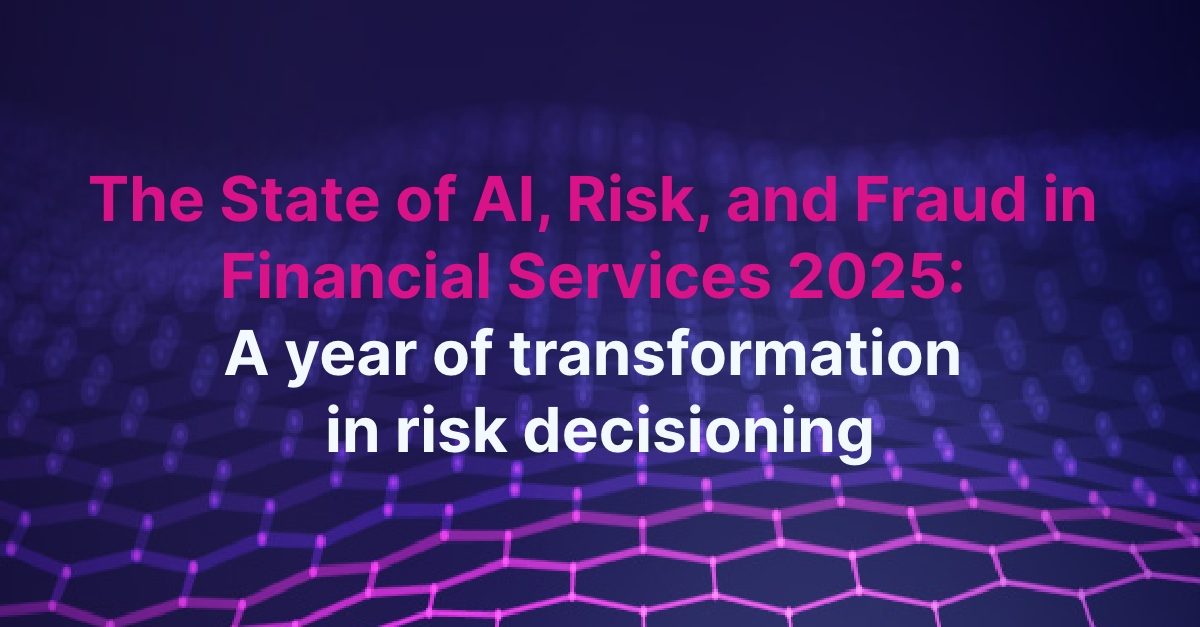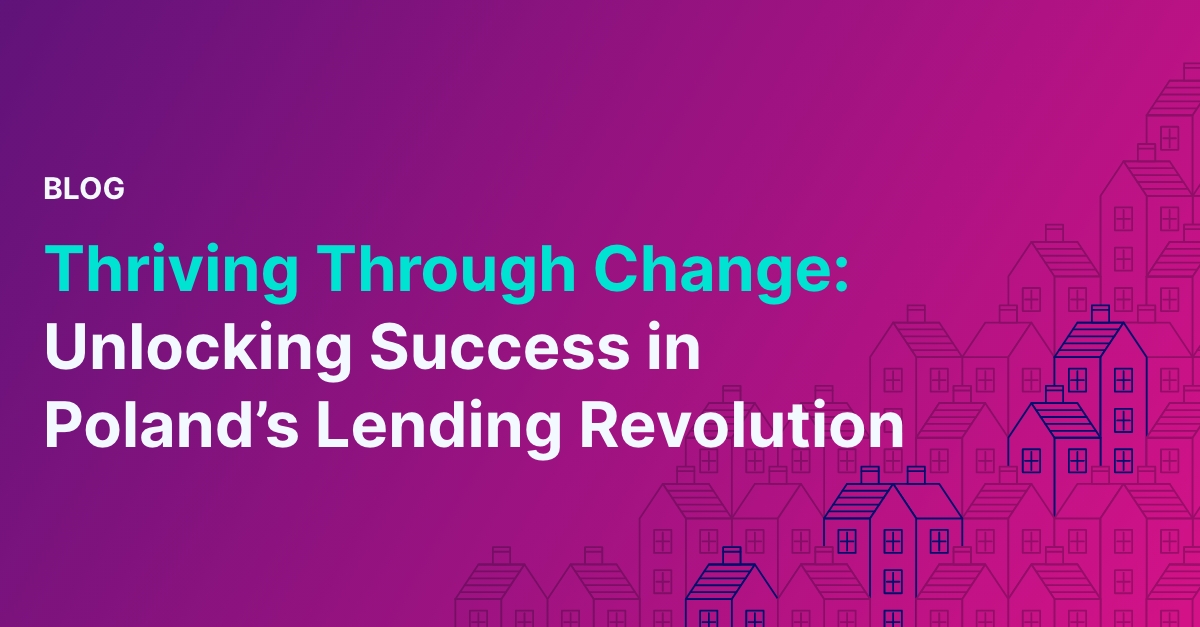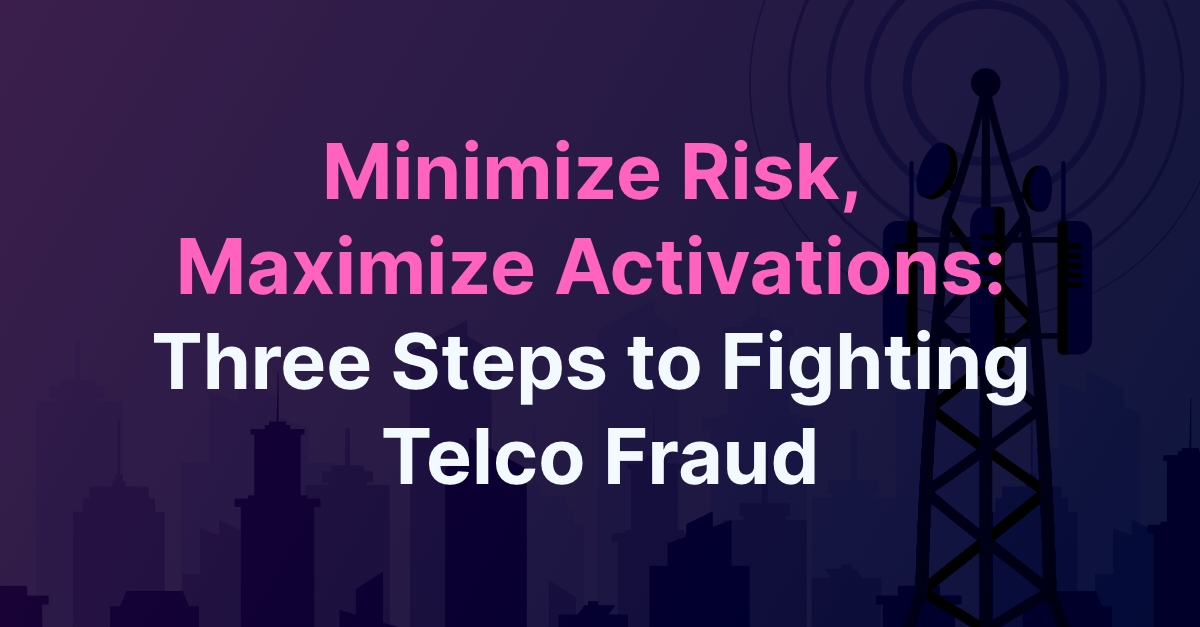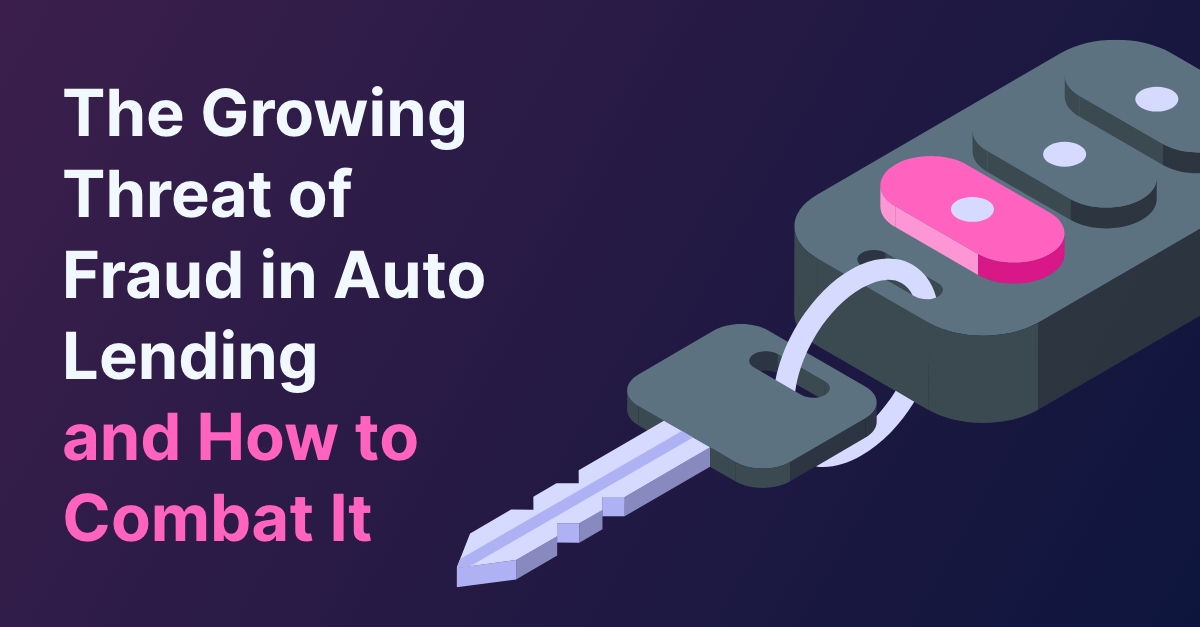BLOG
Blogs by our Clients:
Breaking down the Barriers to Financial Inclusion

New research, supported by Oakam, highlights need for shake up in the way the financially excluded are assessed for credit worthiness
In Oakam’s experience those using ‘high cost’ credit is a diverse group which includes those on low incomes and those with little credit history such as recent migrants. These consumers are usually borrowing with a very clear understanding of the costs associated with their borrowing choices. In fact, as recent research by Which magazine revealed, a ‘high cost’ loan is very often a cheaper option for consumers than an overdraft facility on their current account (which begs the question…high cost in comparison to what?). However, it appears that even responsible users of ‘high cost’ credit – those that make the required repayments and manage their other debt obligations at the same time—suffer from constrained future access to credit. This is clearly unjust.
There is no doubt…the way credit is accessed in the UK is broken for millions of people.
It was designed for big banks with credit bureaus developing credit scores for mortgages, credit cards, and personal loans for Prime borrowers.
However, for those on the low end of the economic spectrum, credit scoring tools today may in fact be trapping consumers in high cost debt.
Taking a small loan, even with a high APR, can be the right decision for a consumer if it lowers the chance of default on other obligations.
However, Oakam has evidence that even when taking a small loan improves how that customer services their debt obligations, their credit score can suffer long term damage.
The impact of this damage means the customer finds they have fewer options for accessing credit, forcing them to rely even more on high cost credit and the cycle continues.
At Oakam, we recently supported the work done by academics from The London School of Economics and Political Science, Sussex University, and New York University looking at the long term impact of the use of ‘high cost’ credit. The full study can be downloaded from the Social Science Research Network.
In their paper, the authors found evidence that “using high-cost credit may leave a stigma on a borrower’s credit history: if borrowers that take up high-cost loans are tagged as high-risk by lenders, they may as a result face higher borrowing costs in the future.” If users of high cost credit actually showed deteriorating repayment behaviour this increase in future borrowing costs might make sense. However, the authors also found “that borrowers that take up a high-cost loan suffer an immediate decline in their credit rating. This decline cannot be explained by the repayment behavior of the borrower, because, if anything, taking up high-cost loan improves repayment behavior.”
At Oakam, we view our success as synonymous with our customers’ success. As one company we alone can’t change the plight of the financial excluded. What we can do is make sure that our product and services are designed to create the best customer outcomes, which we believe are access to credit today to address a pressing need and the option to access to more credit at a lower price in the future. For example, we lower customer’s interest rates over time, offer small weekly repayments, and always allow a loan to amortize as opposed to being rolled over into an even larger debt.
But there is only so much we can do when the broader system is stacked against ‘high cost’ borrowers.
Some companies, like Aire, are pioneering new ways of assessing borrowers credit worthiness. And, other companies such as Pockit and TransferGo are making financial services more accessible to lower income consumers. But more needs to be done. That is why we urgently calling for policy makers and like-minded Fintech companies and lenders to address the systemic problems relating to access to credit for lower income or financially excluded customers.
This blog post discusses the impact of the current system for assessing credit worthiness on the well- being of ‘high cost’ borrowers. A future blog post will discuss how the underlying costs of providing credit to the financially excluded is a key driver of the higher costs these customers face.
Oakam is backed by Cabot Square Capital LLP, a leading financial services private equity firm.







